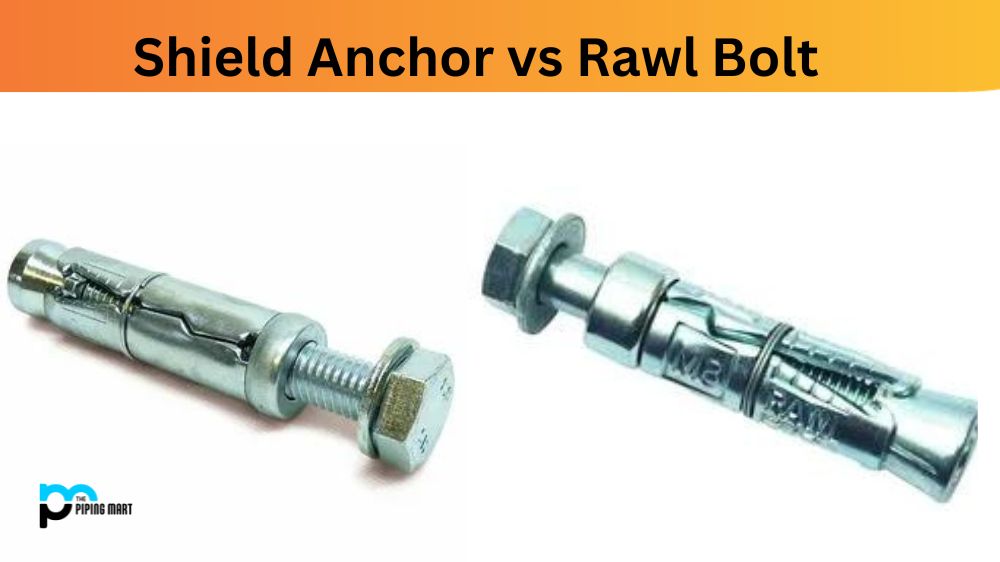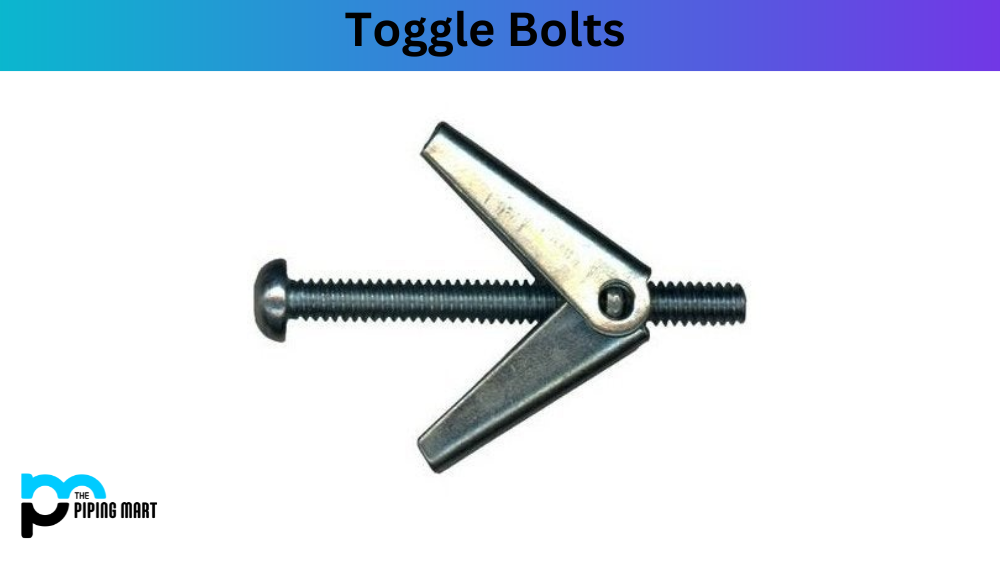Are you planning to anchor something securely to the wall? Have you come across shield anchors and rawl bolts but need to figure out the difference? This blog post aims to clear any confusion and provide the information you need to make an informed decision.
What is Shield Anchor?
Shield Anchors are a type of expansion anchors used in concrete and masonry. They consist of an anchor body, shield or collar, and a nut and washer. The anchor expands as the nut is tightened, which locks the anchor into the material used. This makes them incredibly strong compared to other anchors, allowing them to withstand heavy loads that others would fail at. Shield Anchors are often used for securing heavy machinery such as generators or cabinets to surfaces like concrete walls or floors.
What is Rawl Bolt?
Rawl Bolts are self-tapping masonry screws that use an advanced thread design to provide a strong and secure hold in concrete, brick, or stone. They consist of a cylindrical head with two serrated wings on either side, which grip the material when tightened. The screw also has a metal sleeve inside, which expands against the hole’s walls when tightened, increasing friction and providing superior holding power compared to traditional screws.
Difference Between Shield Anchor and Rawl Bolt
Design:
Shield anchors and rawl bolts have differently shaped anchors. A shield anchor consists of a metal tube with a cone-shaped bottom and side expansion clips. The tube expands as a screw is tightened, and the cones at the bottom spread the anchor’s sides outward to secure it into the wall. In contrast, a rawl bolt consists of a sleeve and wedge anchor. The sleeve fits tightly into the hole while the wedge is pulled closer inside when the screw is tightened. This makes the bolt anchor into the wall.
Load-Bearing Capacity:
Shield anchors have a higher load-bearing capacity than rawl bolts, meaning they can hold more weight. They are designed to expand against the wall, firmly gripping it and distributing the load evenly. On the other hand, rawl bolts are designed to support moderate loads since they don’t grab the wall like shield anchors. Therefore, if you require a more substantial load-bearing capacity, you should opt for shield anchors.
Wall Thickness:
Shield anchors are generally suitable for thicker walls, while rawl bolts are better for thinner walls. Rawl bolts require a minimum wall thickness to ensure optimal wedge expansion during tightening. This is because if the wall is too thin, the wedge won’t expand, making the bolt less secure. On the other hand, shield anchors are ideal for thicker walls as their design ensures a firm grip even in thicker walls.
Installation:
The installation process for both shield anchors and rawl bolts is relatively simple. All you need to do is drill a hole in the wall and insert the anchor or bolt, then tighten the screw. However, it’s crucial to ensure that you use the correct drill bit size and depth for the anchor or bolt to ensure maximum security.
Cost:
Shield anchors are typically more expensive than rawl bolts. This is because they have a higher load-bearing capacity, are ideal for thicker walls, and have a more complex design. In contrast, rawl bolts are a more cost-effective solution suitable for moderate loads in thinner walls.
Conclusion:
In conclusion, if you want a cost-effective solution for moderate loads in thinner walls, go for rawl bolts. On the other hand, shield anchors are the way to go if you require a more substantial load-bearing capacity in thicker walls. Remember to follow the instructions when installing either of them and use the correct size and depth drill bit. We hope this guide has cleared any confusion and helped you make an informed decision.

Pipingmart is B2B portal specializes in industrial, metal and piping products. Also, share latest information and news related to products, materials and different types grades to help business dealing in this industry.




